Double In Master Out DIDO rules in darts adds a layer of complexity and strategic thinking, requiring players to both start and finish a leg with a double. This article will explore the nuances of DIDO, providing insights into its variations, strategies for success, and its place in the world of competitive darts.
⚠️ Still Using Pen & Paper (or a Chalkboard)?! ⚠️
Step into the future! The Dart Counter App handles all the scoring, suggests checkouts, and tracks your stats automatically. It's easier than you think!
Try the Smart Dart Counter App FREE!Ready for an upgrade? Click above!
Understanding Double In Master Out DIDO Rules
The double in master out DIDO rules format is a variation of traditional darts games that introduces a higher degree of difficulty. Unlike standard games where players can begin scoring immediately, DIDO necessitates that players first hit a double before any points are accumulated. Similarly, the game must be concluded with a double or a bullseye. This adds strategic depth and challenges players to improve their accuracy and composure under pressure. This is a challenging yet fun Darts Variants Fun Games you can try.
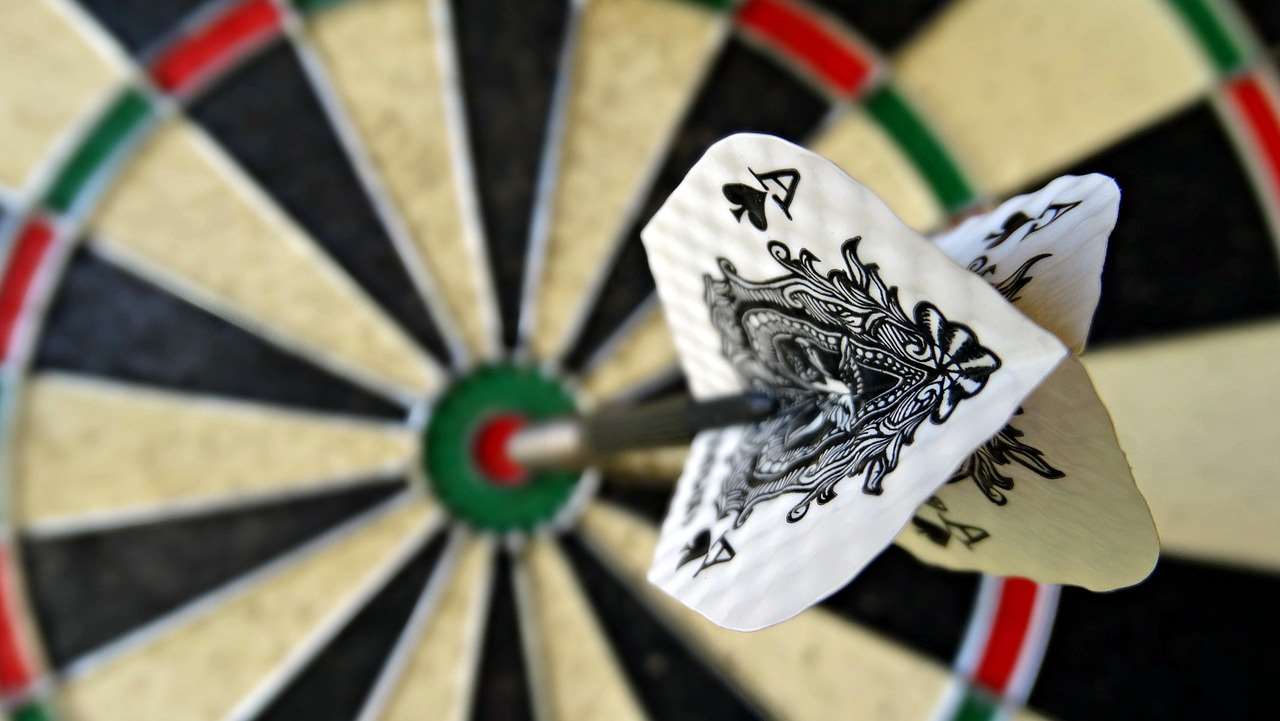
Variations of the Double In Master Out Rule
While the core principle of double in master out DIDO rules remains consistent, some variations exist. One common alteration involves the “master out” component. Instead of *only* requiring a double to finish, some leagues or tournaments permit finishing with a bullseye (which technically counts as a double 25). This provides an alternative finishing route for players who are confident in their bullseye accuracy.
- Standard DIDO: Start with a double, finish with a double.
- DIDO with Bull Out: Start with a double, finish with a double or the bullseye.
Understanding these subtle variations is crucial, especially when participating in organized competitions.
Strategic Implications of DIDO
The double in master out DIDO rules demand a different strategic approach compared to standard darts. Players can no longer afford to focus solely on high scores; instead, consistent accuracy on the double ring becomes paramount. This necessitates a shift in practice routines and in-game decision-making.
Targeting Doubles Early
In a standard game, players often aim for the treble 20 to quickly reduce their score. However, in DIDO, the initial focus shifts to hitting a double. Many players prefer starting with the double 20, double 16, or double 12 as these offer a larger target area and more forgiving adjacent numbers. Missing the double 20, for example, leaves you with a single 20, keeping you in play for your next turn.
Playing for Position
As the game progresses, players must strategically position themselves to have a favorable shot at a double. This may involve intentionally leaving scores that set up an easy double conversion on the next turn. For instance, if a player is left with 33, they might aim for the single 1 to leave double 16. This type of calculation and planning is a hallmark of skilled DIDO players.
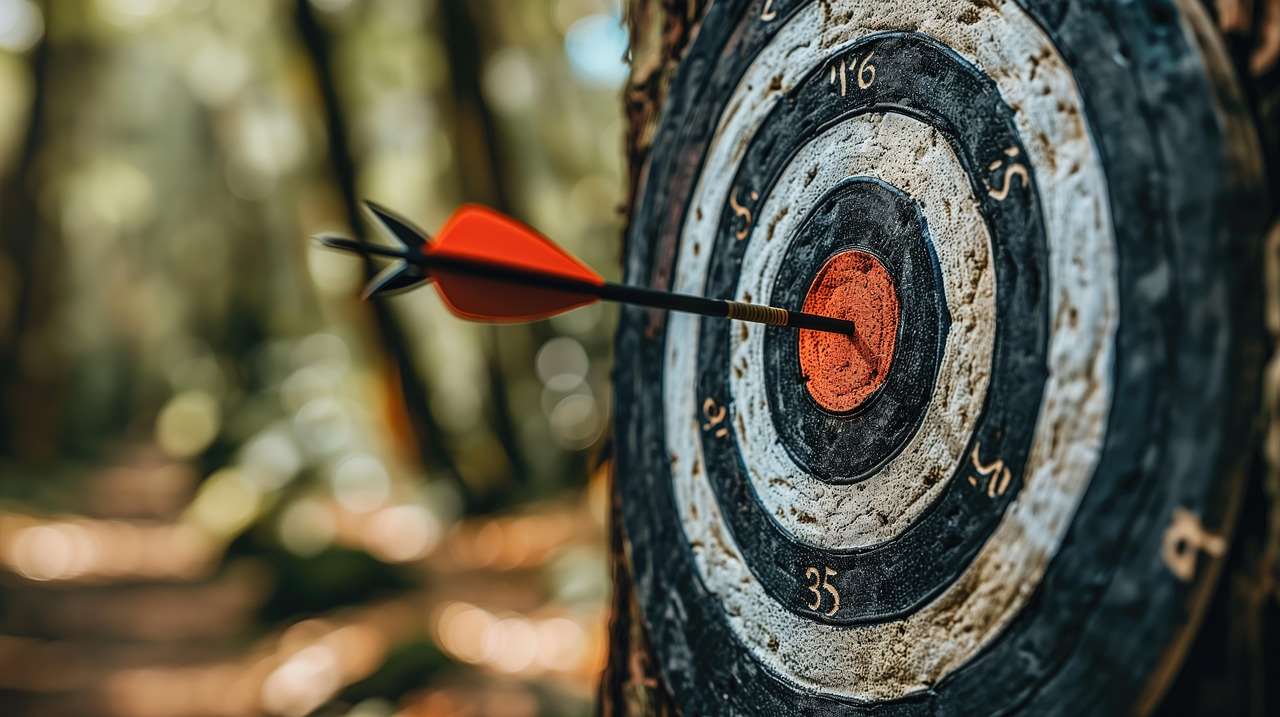
Managing Pressure
The pressure of hitting doubles, both at the start and the end of a leg, can be significant. Players must develop mental fortitude and practice techniques for staying calm and focused under pressure. Visualization, deep breathing exercises, and positive self-talk can all be valuable tools.
Practice Drills for DIDO Success
Mastering double in master out DIDO rules requires dedicated practice. Incorporating specific drills that focus on double accuracy is essential for improving your game. Here are a few effective practice routines:
- Round the Clock Doubles: Start at double 1 and work your way around the board to double 20, hitting each double once before moving on.
- Double Out Challenge: Starting from a score of 40, attempt to finish each leg in as few darts as possible, always requiring a double to finish.
- The 170 Drill: This drill focuses on achieving the highest possible checkout (170) which requires treble 20, treble 20, and bullseye. While the standard DIDO rules require a double to check out, honing your accuracy for hitting the bullseye is a great way to improve your aim and consistency overall.
The Role of Dart Equipment
Your dart equipment can also play a role in your success with double in master out DIDO rules. Experimenting with different dart weights, shaft lengths, and flight shapes can help you find a setup that suits your throwing style and maximizes your accuracy. Some players find that a slightly heavier dart or a longer shaft provides greater stability, while others prefer a lighter dart for increased speed and control. Remember, personal preference is key when choosing your equipment.
Dart Weight and Balance
The weight and balance of your darts can significantly impact your throwing accuracy. Darts are typically weighed between 16 and 30 grams. Heavier darts tend to be more stable in flight, while lighter darts offer greater maneuverability. Experiment with different weights to find what feels most comfortable and consistent for you. Furthermore, consider the balance point of your darts. Some darts are front-weighted, while others are center- or rear-weighted. The balance point can affect how the dart flies and how it feels in your hand.
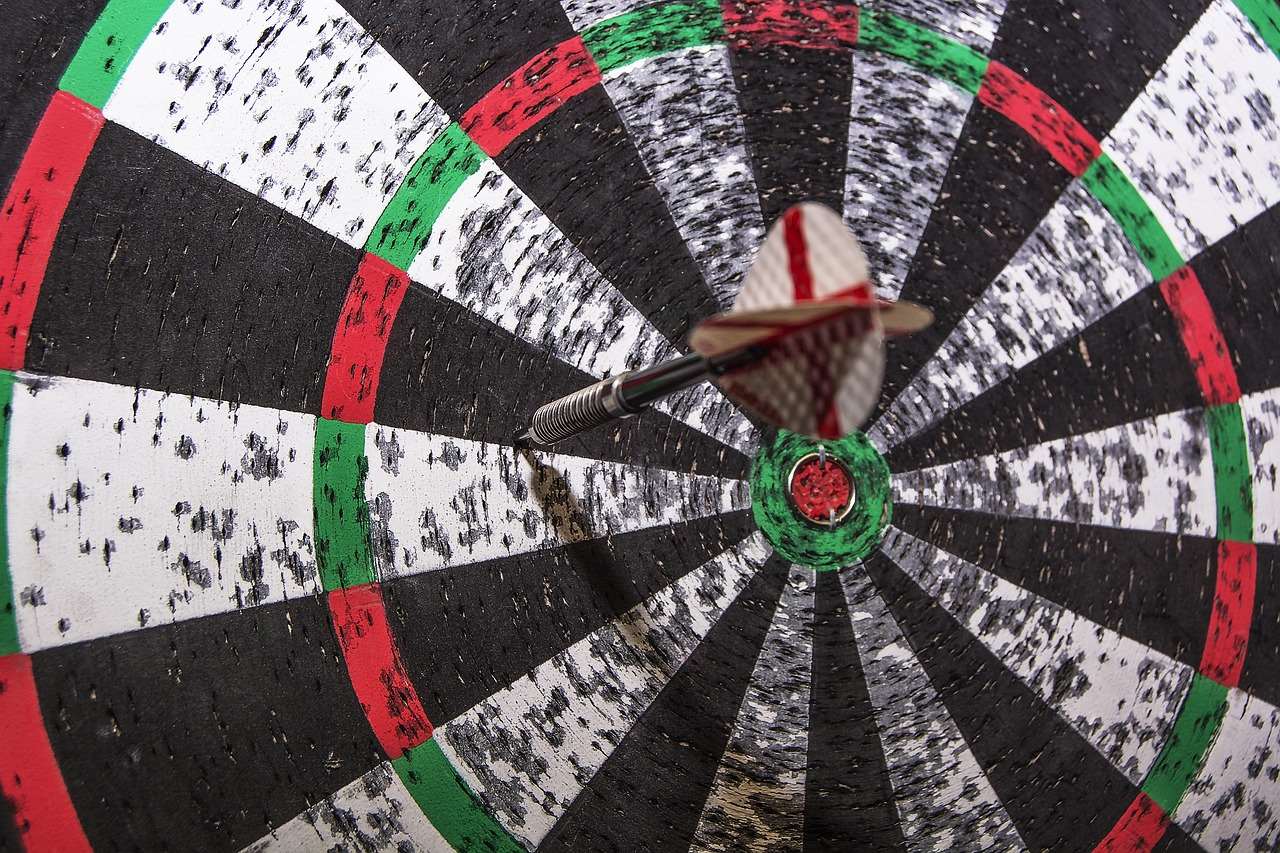
Shafts and Flights
Shafts and flights play a crucial role in dart aerodynamics and stability. Shafts come in various lengths, from short to extra long. Shorter shafts tend to create a more direct flight path, while longer shafts can increase stability. Flights also come in different shapes and sizes, each affecting the dart’s flight characteristics. Standard flights are the most common, providing a balance of stability and control. Slim flights are more aerodynamic, reducing drag and increasing speed. Kite flights offer enhanced stability, particularly for players with a less consistent throwing motion.
Incorporating Mental Toughness
While technical skill is undeniably important, mental toughness is equally crucial for excelling at double in master out DIDO rules. The ability to stay focused, manage pressure, and bounce back from setbacks is what separates good players from great players. Here are some mental strategies to consider:
Visualization
Before each game, take a few moments to visualize yourself successfully hitting your doubles. Imagine the feeling of the dart leaving your hand, the smooth trajectory, and the satisfying thud as it lands in the double ring. This mental rehearsal can boost your confidence and improve your accuracy.
Positive Self-Talk
During a game, replace negative thoughts with positive affirmations. Instead of dwelling on missed doubles, focus on your strengths and remind yourself that you are capable of hitting the next one. Use phrases like “I am accurate,” “I am focused,” and “I can do this” to maintain a positive mindset.
Managing Mistakes
Everyone makes mistakes, especially in a challenging game like DIDO. The key is not to let those mistakes derail your focus. When you miss a double, acknowledge it, learn from it, and move on. Don’t dwell on the past; instead, concentrate on the present and the next dart you are about to throw. Practicing mindfulness can help you achieve this.
DIDO in Competitive Darts
While not as ubiquitous as standard 501, double in master out DIDO rules sometimes feature in specific tournaments or leagues, particularly those seeking to test players’ all-around skills. Understanding the rules and strategies associated with DIDO can give you a competitive edge in these situations.
Tournament Formats
When participating in a tournament that incorporates DIDO, be sure to familiarize yourself with the specific rules and format. Some tournaments may use a straight DIDO format, while others may incorporate variations like the “bull out” option. Knowing these details in advance will allow you to adjust your strategy accordingly.
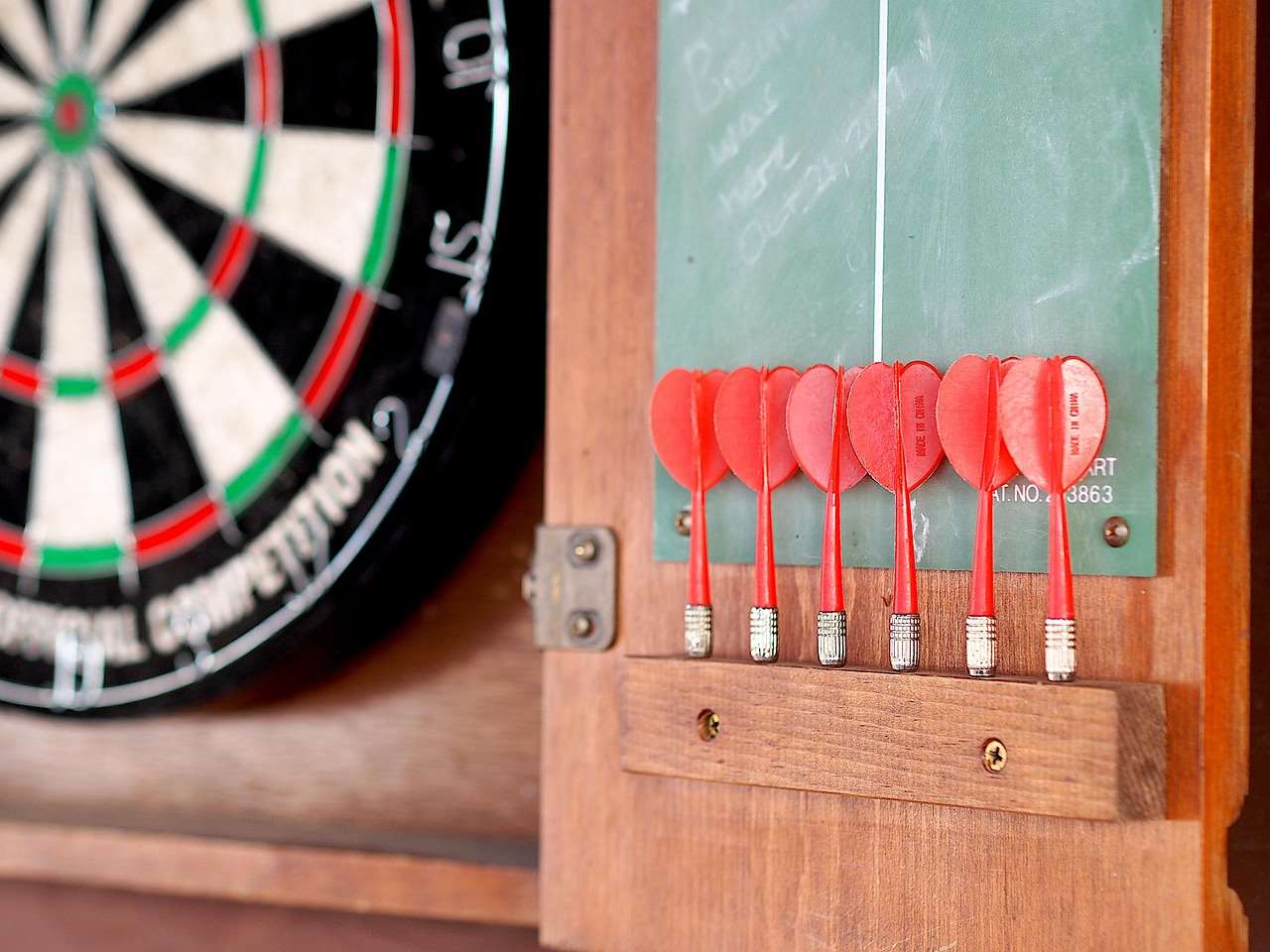
Analyzing Opponents
Observing your opponents’ strengths and weaknesses can provide valuable insights. Pay attention to their preferred doubles, their throwing style, and their mental composure under pressure. This information can help you tailor your strategy to exploit their weaknesses and capitalize on your own strengths.
Advanced DIDO Tactics
Once you’ve mastered the basics of double in master out DIDO rules, you can start exploring more advanced tactics to further improve your game.
Setting Up Specific Finishes
Instead of simply aiming for the nearest double, consider setting up specific finishes that you are comfortable with. For example, if you are particularly confident in your double 16, you might intentionally leave a score of 32. This allows you to play to your strengths and increase your chances of success. Remember to avoid any obscure dartboard games list because DIDO is common.
Using the Board Strategically
Learn to use the entire dartboard to your advantage. For example, if you need to leave a particular number, consider aiming for a different section of the board that achieves the same result but also sets up a better position for your next dart. This requires a deep understanding of dartboard arithmetic and spatial awareness.
Final Thoughts on Mastering DIDO
The double in master out DIDO rules represent a challenging yet rewarding aspect of darts. By understanding the nuances of the game, developing effective practice routines, and honing your mental toughness, you can elevate your darting skills and gain a competitive edge. Remember, consistency, accuracy, and strategic thinking are the keys to success in DIDO.
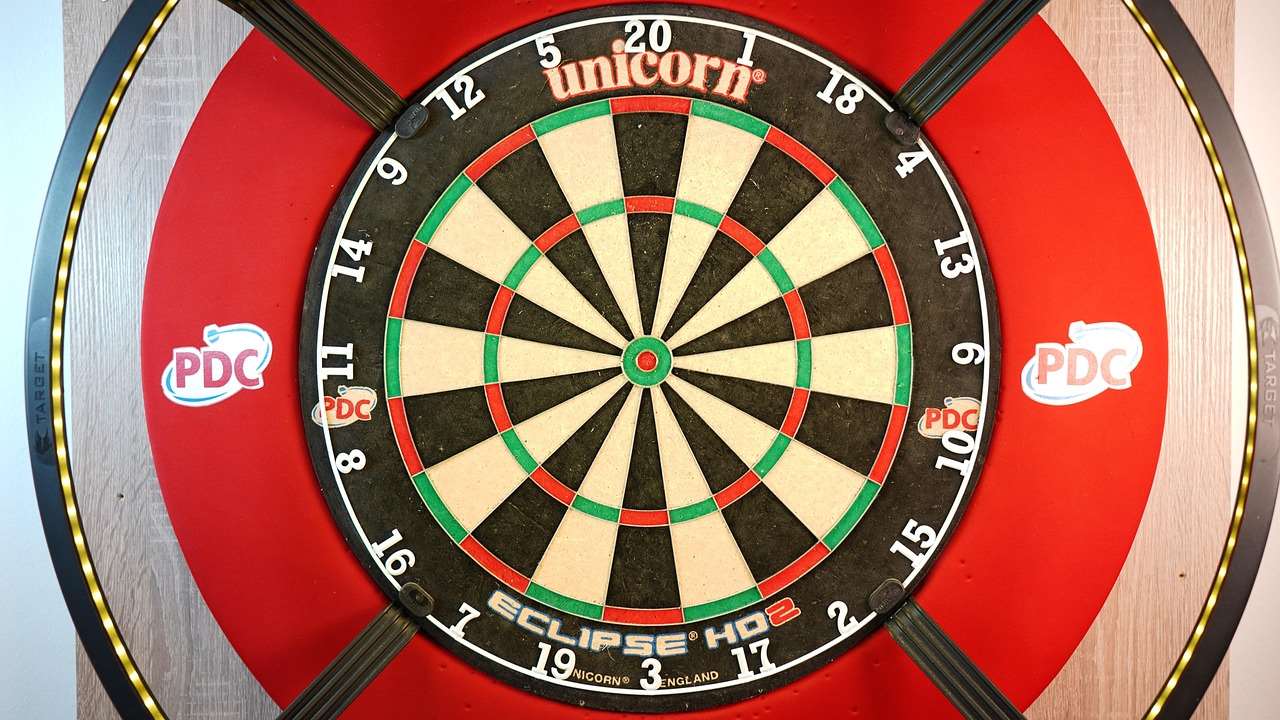
Consider experimenting with different dart setups, incorporating mental strategies, and continually refining your practice drills. Embrace the challenge and enjoy the journey of mastering this unique and demanding variation of darts.
Are you ready to take your darts game to the next level? Start practicing these techniques today and see the difference in your performance! Consider joining a local darts league and applying what you’ve learned. Or, even better, start your own group and introduce them to this exciting variant of the sport.
Hi, I’m Dieter, and I created Dartcounter (Dartcounterapp.com). My motivation wasn’t being a darts expert – quite the opposite! When I first started playing, I loved the game but found keeping accurate scores and tracking stats difficult and distracting.
I figured I couldn’t be the only one struggling with this. So, I decided to build a solution: an easy-to-use application that everyone, no matter their experience level, could use to manage scoring effortlessly.
My goal for Dartcounter was simple: let the app handle the numbers – the scoring, the averages, the stats, even checkout suggestions – so players could focus purely on their throw and enjoying the game. It began as a way to solve my own beginner’s problem, and I’m thrilled it has grown into a helpful tool for the wider darts community.